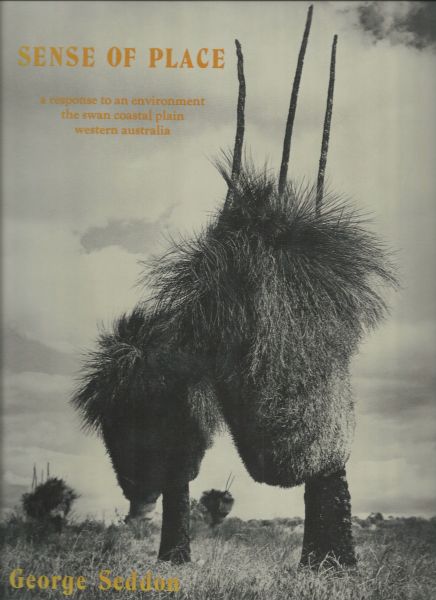AUSTRALIAN NATURAL HISTORY West Australian
It documents Seddon’s struggle to understand the Swan Coastal Plain, a biogeographic region that he initially found harsh and unwelcoming. It includes information on landforms, climate, geology, soils, flora, the Swan River, the coast, offshore islands, wetlands, and urban areas. This information is, however, essentially presented in a literary style; in the words of Mark Tredinnick: “This is the kind of geography an essayist writes. This is the kind of essay a literate scientist writes. This is a literary natural history.”
In Australia it is considered a landmark environmental publication. Among its claims to influence is having given modern currency to the term sense of place.
“In 1972, George Seddon wrote Sense of Place, documenting his experience and research into the Swan Coastal Plain, which has since become a landmark Australian environmental publication. Among its claims to influence is having given modern currency to the term sense of place.
Although Seddon did not coin the phrase, it was this book that introduced the phrase into the fields of landscape and environmental design. The book includes information on landforms, climate, geology, soils, flora, the Swan River, the coast, offshore islands, wetlands, and urban areas.”
It is in three parts: The Land – The Plants – Man.
The landforms, climate, drainage geology and plant-cover are discussed in detail, to construct a picture of the region before European settlement. The last third deals with the land use by Aboriginal and European, and the major environmental resources of the region.
First Edition. Scarce and collectable. Quarto, original cloth boards, dustjacket, col and b&w illus, maps, illus endpapers, pp. (xv) 274.
#100224R (cabinet)
